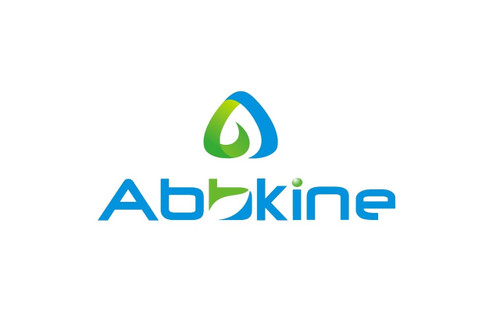Product Description
Human Meprin A subunit beta (MEP1B) ELISA Kit | AE58348HU | Abebio
Species Reactivity: Human (Homo sapiens)
Abbreviation: MEP1B
Alternative Name: N-benzoyl-L-tyrosyl-p-amino-benzoic acid hydrolase beta subunit|PABA peptide hydrolase|PPH beta|endopeptidase-2|meprin A beta
Application: ELISA
Range: 0.312-20 ng/mL
Sensitivity: 0.117 ng/mL
Intra-Assay: ≤5.1%
Inter-Assay: ≤8.5%
Recovery: 1, 02
Sample Type: Serum, Plasma, Other biological fluids
Detection Method: Sandwich
Analysis Method : Quantitive
Test Principale: This assay employs a two-site sandwich ELISA to quantitate MEP1B in samples. An antibody specific for MEP1B has been pre-coated onto a microplate. Standards and samples are pipetted into the wells and anyMEP1B present is bound by the immobilized antibody. After removing any unbound substances, a biotin-conjugated antibody specific for MEP1B is added to the wells. After washing, Streptavidin conjugated Horseradish Peroxidase (HRP) is added to the wells. Following a wash to remove any unbound avidin-enzyme reagent, a substrate solution is added to the wells and color develops in proportion to the amount of MEP1B bound in the initial step. The color development is stopped and the intensity of the color is measured.
Product Overview: Meprins are multidomain zinc metalloproteases that are highly expressed in mammalian kidney and intestinal brush border membranes and in leukocytes and certain cancer cells. Mature meprins are oligomers of evolutionarily related, separately encoded alpha and/or beta subunits. Homooligomers of meprin-alpha (MEP1A) are secreted; oligomers containing meprin-beta are associated with the plasma membrane. Mep1b-null mice were born at half the expected mendelian ratio, but those that survived developed normally and were viable and fertile. Mutant mice lacked membrane-associated Mep1a in kidney and intestine, and microarray analysis indicated that renal gene expression profiles were different than those of wildtype mice.
Stability: The stability of ELISA kit is determined by the loss rate of activity. The loss rate of this kit is less than 5% within the expiration date under appropriate storage condition. The loss rate was determined by accelerated thermal degradation test. Keep the kit at 37°C for 4 and 7 days, and compare O.D.values of the kit kept at 37°C with that of at recommended temperature. (referring from China Biological Products Standard, which was calculated by the Arrhenius equation. For ELISA kit, 4 days storage at 37°C can be considered as 6 months at 2 - 8°C, which means 7 days at 37°C equaling 12 months at 2 - 8°C) .
 Euro
Euro
 USD
USD
 British Pound
British Pound
 NULL
NULL








